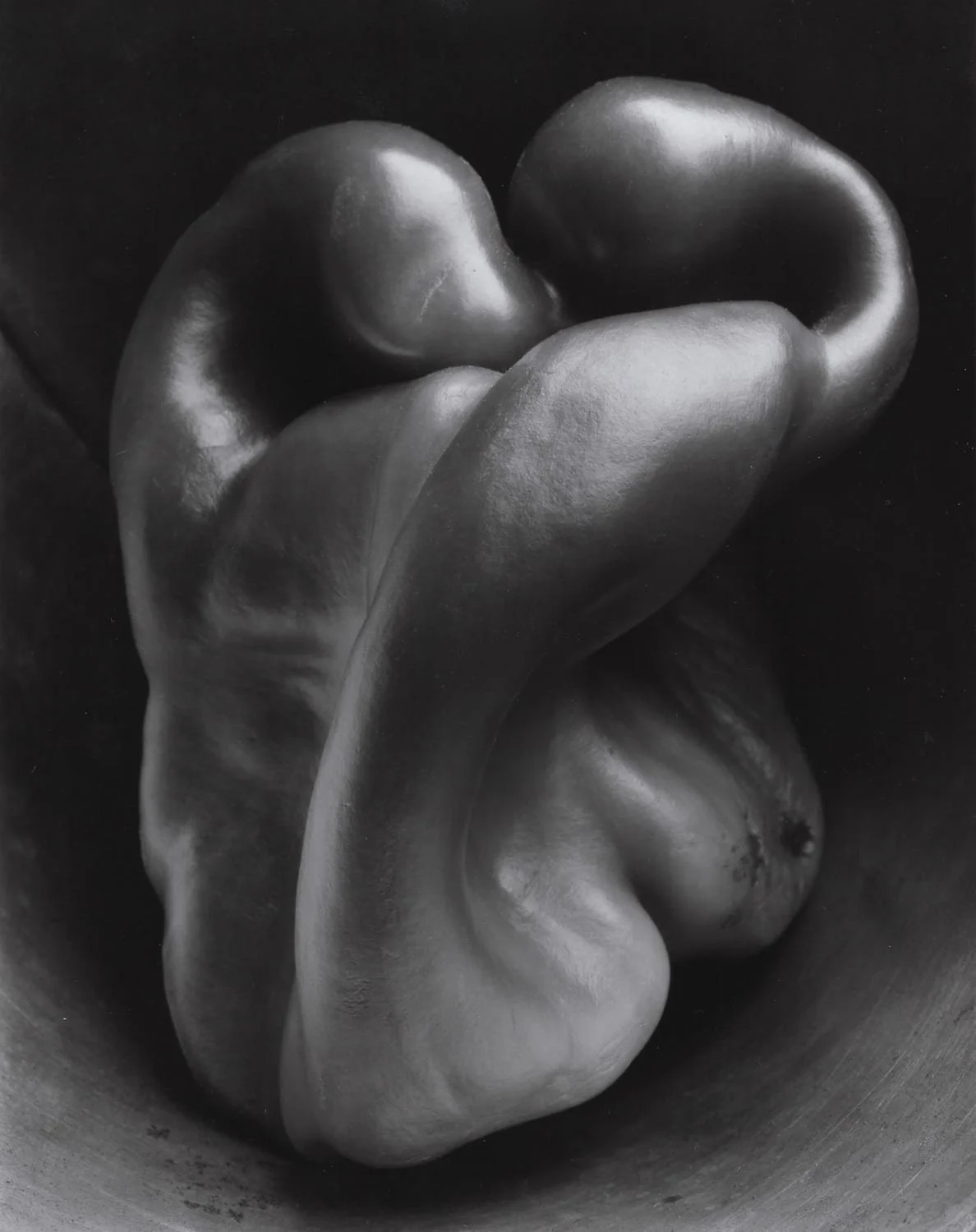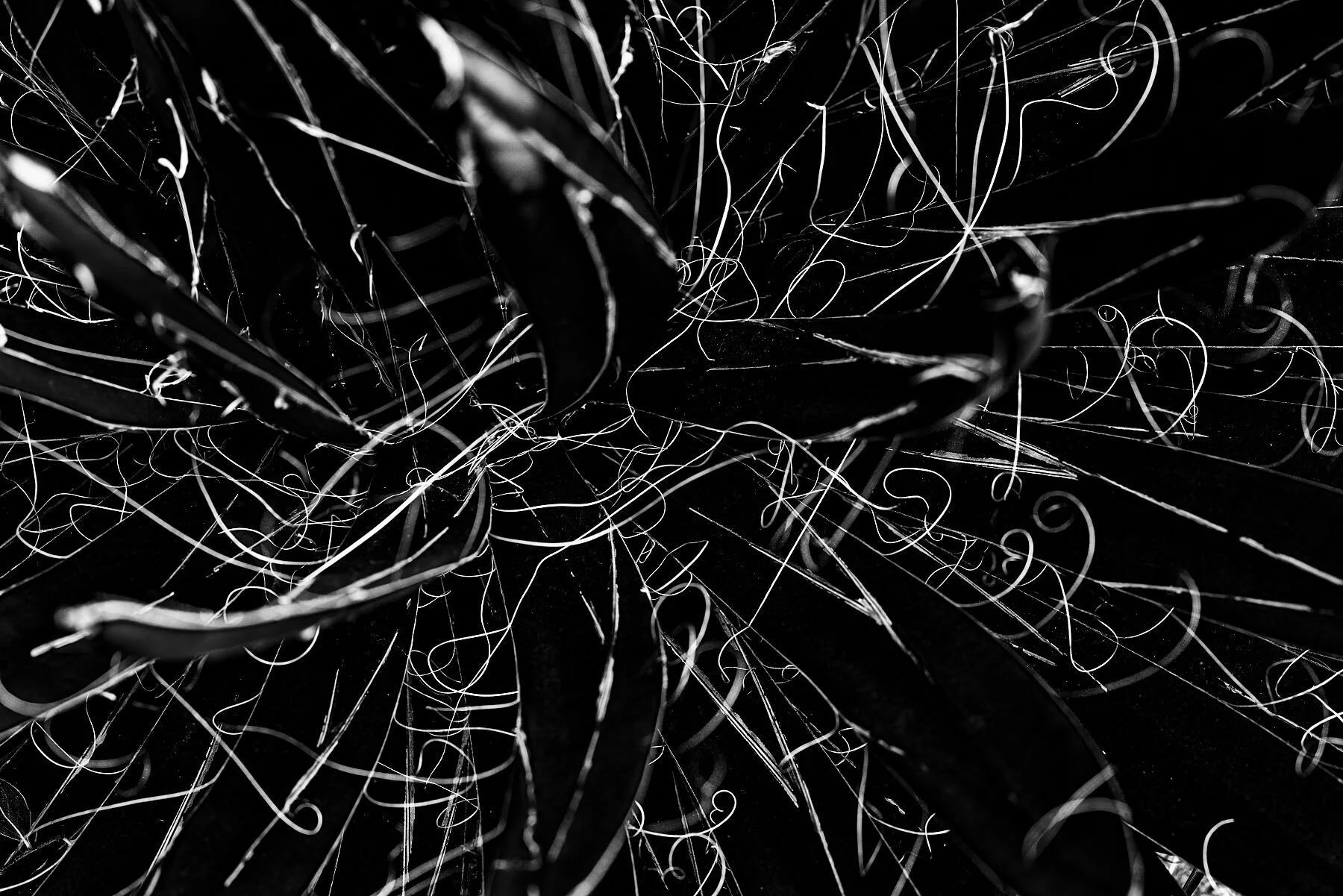Abstract Photography
When I visited the Museum of Modern Art (MoMA) in New York for the first time, the painting that most stunned and mesmerized me was not Van Gogh’s “Starry Night” or Monet’s huge canvases of reflections of clouds on his water-lily pond in Giverny.
It was a painting that occupied an entire wall and portrayed….well…the universe. That’s how I saw it, at least.
I am talking about Jackson Pollock’s One: Number 31.
Jackson Pollock - One: Number 31
It is the best example of abstract art I know. Now, not many people like abstract art. Many of us believe that art must represent or be a representation of something. It must have a tie to the real world.
To abstract is to separate or withdraw something from something else. In a painting, abstract artists try to separate the lines, shapes and colors from the thing that is to be represented (a person, a vase, a flower). The result can be like giving birth to the infinite, for now each viewer will be able to assemble what he or she sees into something that resonates with memories, experiences, thought processes that are unique to each individual.
“Abstraction allows man to see with his mind what he cannot see physically with his eyes ... Abstract art enables the artist to perceive beyond the tangible, to extract the infinite out of the finite. It is the emancipation of the mind. It is an exploration into unknown areas”
Jackson Pollock said that abstract art “should be enjoyed just as music is enjoyed”. That is a great explanation. Think about it, what is a symphony about? When you hear a beautiful symphony, close your eyes and really listen to the music, what happens in your mind?
As a photographer, I do not create as a painter or a sculptor does, molding a new world with my hands. A photographer segments, isolates, captures that which already exists. But by capturing a portion of space and an instant in time, a photographer naturally abstracts. And this abstraction, when skillfully done, can be taken to the point of opening up a whole new world to the observer.
“It’s not about facts, it’s about feelings. It’s about remembering feelings and happiness. A definition of art is that it makes concrete our most subtle emotions. I think the highest form of art is music. It’s the most abstract of all art expression.”
Look at Edward Weston’s Pepper #30.
When I first saw this photograph, I had no idea what it was. And as I tried to figure it out, it started to move and to morph. It became a man flexing his muscles. Then an old woman trying to scratch her back. I can look at this photograph for hours without tiring.
The plant world is a wonderful start to creating an abstract photograph. The shapes and patterns found in branches, leaves, flowers and fruits are conducive to letting the imagination go wild, if properly isolated and – abstracted.
Edward Weston - Pepper #30
My first step in making an abstract photograph is to transform it into a monochrome (i.e. black and white) image. By taking away color, I also remove a layer of reality. I now force the observer to imagine color. I also force upon the observer the shapes, lines and patterns hidden underneath the color.
I then toy with contrast and making certain parts of the image lighter or darker to further transform the original subject and create an image that the mind doesn’t readily recognize, something plastic that the imagination can play with.
Meditation is very much like this as well. Looking at the world from a zen point of view, for example, is to look at a clean slate, accepting shapes and colors and patterns for what they are, not immediately labelling and categorizing them.
I find that the art of photography and the act of creating an abstract photograph, from start to finish, help me keep a fresh and open mind. I enjoy the world much more with this mindset, as there is always a surprise lurking in everything nature has to offer.
Roberto Vamos



